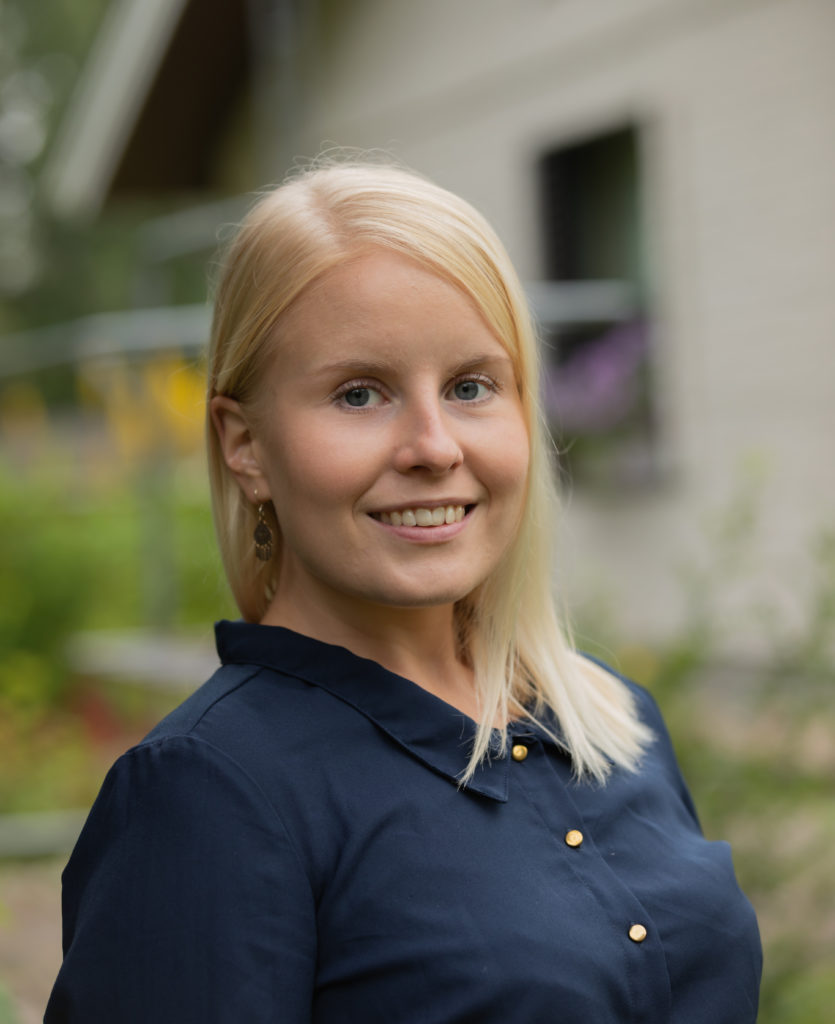This guest expert opinion is written by Nadja Frederiksen, Senior Adviser at the Nordic Welfare Centre, and Niina-Maria Nissinen, a doctoral researcher in the health sciences at Tampere University/ Folkhälsan Research Center in Finland.
As in many parts of the world, alcohol is a socially accepted substance in the Nordic region, and it is consumed in all parts of society.
However, alcohol consumption during pregnancy is a risk behaviour and can cause severe damage to a foetus, even at low doses. Therefore, this topic is relevant to all people in the society, but especially women of childbearing age and younger.
A report from The Nordic Welfare Centre gives an overview of the national guidelines of alcohol use during pregnancy and the screening instruments used at the antenatal care to identify alcohol use among pregnant women in the Nordic countries. The report also highlights some of the blind spots in the debate which this blog post is focusing on.
Lifelong consequences of prenatal exposure to alcohol
Any amount of alcohol at any stage during pregnancy can potentially harm the foetus.”
Research has not been able to establish a safe level of alcohol consumption during pregnancy. Any amount of alcohol at any stage during pregnancy can potentially harm the foetus. Only zero consumption is risk-free, and given that four out of ten pregnancies are unplanned, there is a risk that the foetus is exposed to alcohol even before the woman knows she is pregnant.
The effects of prenatal alcohol exposure can vary from mild to severe. The effects can be influenced by the dose and frequency of maternal alcohol use at any time during the pregnancy as well as by other factors including polysubstance use and genetics. However, the effects of alcohol exposure during pregnancy are permanent. The exposed child may require support from a range of services, including healthcare, social care and the education system which leaves a significant economic burden on the society.
Fetal Alcohol Spectrum Disorders (FASD) is used to describe the spectrum of disorders and deficits associated with prenatal alcohol exposure, including central nervous system impairments, birth defects and growth deficiencies, and neurocognitive impairments. The neurocognitive impairments associated with prenatal alcohol exposure can appear as for example, intellectual disabilities, impairments in executive functioning, and attentional and behavioural deficits. Fetal Alcohol Syndrome (FAS) is the most severe form of the spectrum.
However, the long-term effects of prenatal alcohol exposure are influenced by the environmental factors in the childhood environment. Therefore, it is important that the affected children and the family receive the right support and services after birth throughout the life course to prevent poor long-term outcomes.
Preventative measures and the antenatal care plays an important role
To prevent the potential harms to the foetus a discussion of alcohol use should be had with every pregnant woman as a routine at an early stage during pregnancy.
In the Nordic countries, pregnant women are covered by the publicly funded antenatal care system, and therefore, antenatal care has an important role in identifying the use of alcohol during pregnancy. The sooner a use is identified, the better the chances are to intervene and to reduce the risks for the foetus. In some of the Nordic countries, alcohol use is also discussed with the partner. However, it is more an exception than a rule, as it is not necessarily an integrated part of the antenatal care.
The challenges in detecting alcohol use during pregnancy
It is challenging to measure women’s alcohol use during pregnancy as different barriers can influence the process.
For some healthcare professionals in antenatal care, it can be difficult to ask pregnant women about their alcohol consumption. They might not feel comfortable in the role of asking, they might not have the right training in asking and the screening might not be organised in a systematic way. However, if the pregnant women are not being asked, no registration of their consumption will be done.
Another barrier can be the interaction and trustworthy relationship between the pregnant woman and the healthcare professionals, which can significantly affect the way pregnant women talk about their alcohol use. Additionally, women who are asked, also tend to underestimate their consumption and some do not tell at all since alcohol use during pregnancy is stigmatising.
In the case alcohol use is identified, healthcare professionals should be trained to intervene. Likewise, it is important that appropriate services are available for the women immediately, preferably free of charge.
Lack of prevalence estimates
A blind spot in the debate of prenatal alcohol exposure is a lack of estimates on how many women consume alcohol during pregnancy and how many children are affected in the Nordic region. A study from Popova et al. estimates the prevalence of women in the Nordic countries who have consumed alcohol during pregnancy to vary between 9.9% and 22.6%. However, these numbers are not fully reliable and may not be representative of the countries’ situation today.
Without knowing the prevalence of women who are consuming alcohol during pregnancy it is difficult to estimate how many children could be affected. It can be difficult to detect and diagnose children who have been exposed to alcohol during pregnancy especially if no reliable data is available on the maternal alcohol use during pregnancy. In some cases, the diagnosis can be a key to get appropriate support and services for the child. However, if the child is undiagnosed and assumed to perform at the same level as peers it can have negative consequences for the child.
Prenatal exposure to alcohol – put it in the spotlight
The most important message in this debate is that only zero consumption of alcohol during pregnancy is risk-free. This is also recommended by all the national health authorities in the Nordic countries.
Prevalence studies of FASD in the Nordic countries are needed in order to better understand the number of affected individuals. However, the lack of prevalence estimates should not be a barrier for taking action and preventing the challenges the affected individuals may face during their life course.
Without the right support for the affected population group, it can lead to stigmatising of people with FASD.”
But without having estimates of the size of the problem, it is difficult to influence the political level to get the right attention, support, and funding for the area. Without the right support for the affected population group, it can lead to stigmatising of people with FASD.
Healthcare professionals, teachers, foster parents among others should be better informed and trained on FASD, and how to support affected individuals to secure a safe and nurturing childhood.
Prenatal exposure to alcohol needs to be put in the spotlight as it is relevant to everyone in a society.
For further reading
- “Identifying use of alcohol and other substances during pregnancy – A Nordic overview.”
Read more here. - “Use of alcohol and other substances during pregnancy – in a Nordic perspective.”
Read more here.
About our guest experts

Nadja Frederiksen
Nadja Frederiksen is a Senior Adviser at the Nordic Welfare Centre, which is an institution under the Nordic Council of Ministers’ social and health sector. She works with public health issues primarily related to alcohol, tobacco, and other substances and the prevention of noncommunicable diseases.
Prior to joining the Nordic Welfare Centre, Nadja worked as a Health Consultant at the Ministry of Health in Greenland.
She holds a Master of Science in Public Health from the University of Southern Denmark.
You can follow the work of the Nordic Welfare Centre on Twitter: @Nordicwelfare1

Niina-Maria Nissinen
Niina-Maria Nissinen is a doctoral researcher in the health sciences at Tampere University/ Folkhälsan Research Center in Finland.
Her research focuses on the adult outcomes of prenatal exposure to alcohol/ other drugs and the influence of adverse childhood environment.
She worked for the Nordic Welfare Centre in a project focusing on the use of alcohol and other substances during pregnancy in the Nordic perspective.
Niina-Maria holds a master’s degree in public health from Lund University, Sweden, and a master’s degree in human geography from the University of Oulu, Finland.
You can follow her on Twitter: @nissinen_niina